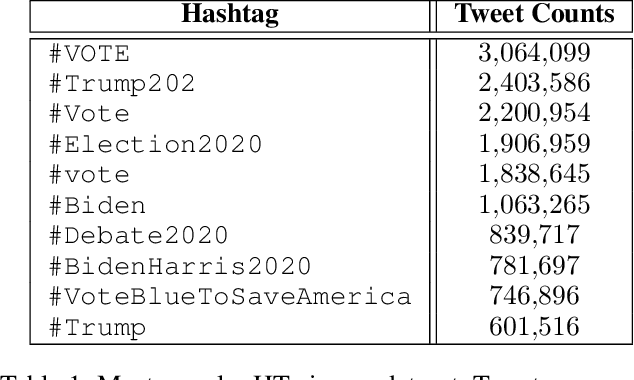Identification of Twitter Bots Based on an Explainable Machine Learning Framework: The US 2020 Elections Case Study
Paper and Code
Dec 14, 2021



Twitter is one of the most popular social networks attracting millions of users, while a considerable proportion of online discourse is captured. It provides a simple usage framework with short messages and an efficient application programming interface (API) enabling the research community to study and analyze several aspects of this social network. However, the Twitter usage simplicity can lead to malicious handling by various bots. The malicious handling phenomenon expands in online discourse, especially during the electoral periods, where except the legitimate bots used for dissemination and communication purposes, the goal is to manipulate the public opinion and the electorate towards a certain direction, specific ideology, or political party. This paper focuses on the design of a novel system for identifying Twitter bots based on labeled Twitter data. To this end, a supervised machine learning (ML) framework is adopted using an Extreme Gradient Boosting (XGBoost) algorithm, where the hyper-parameters are tuned via cross-validation. Our study also deploys Shapley Additive Explanations (SHAP) for explaining the ML model predictions by calculating feature importance, using the game theoretic-based Shapley values. Experimental evaluation on distinct Twitter datasets demonstrate the superiority of our approach, in terms of bot detection accuracy, when compared against a recent state-of-the-art Twitter bot detection method.
 Add to Chrome
Add to Chrome Add to Firefox
Add to Firefox Add to Edge
Add to Edge